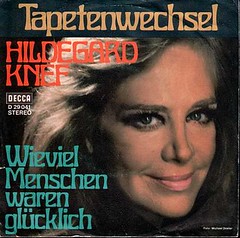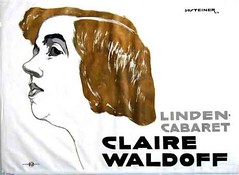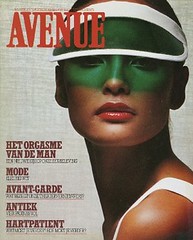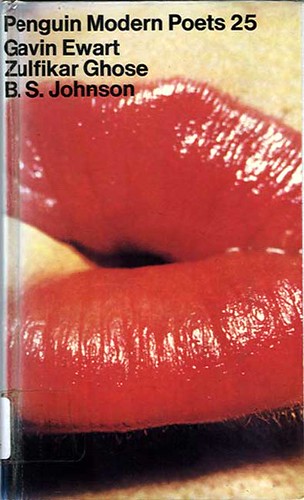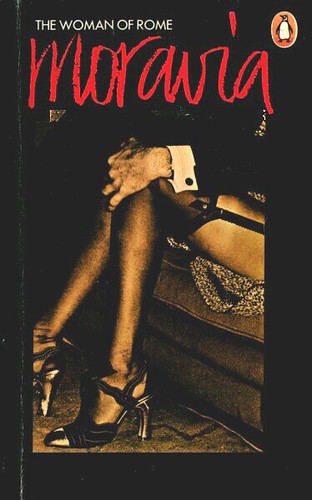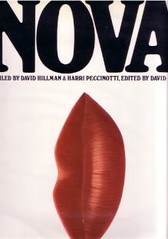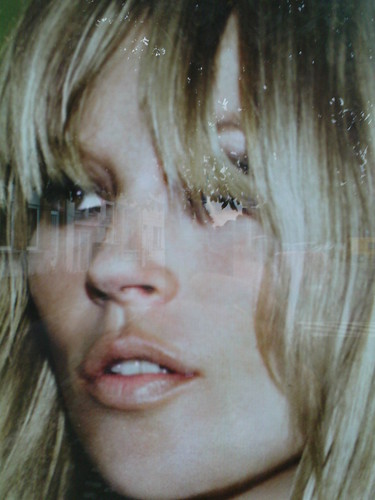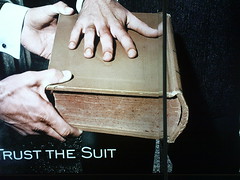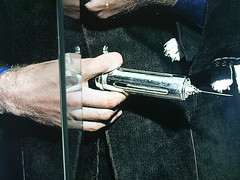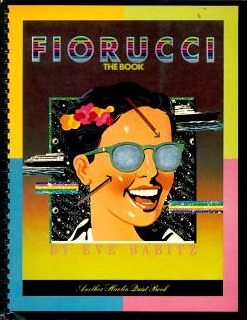A flawed piece on the origins of the dark cabaret strain in the American entertainment industry, the roots of American cabaret in German cabaret and the aesthetics of death.
[Youtube=http://www.youtube.com/watch?v=pX30orkOScQ&]
“Wieviel Menschen waren glücklich“[1] is a 1970 musical composition interpreted by Hildegard Knef and released on Decca Records as the b-side to “Tapetenwechsel“.
Click for credits
I’m cross-posting this from Facebook. It’s a very sad song and I associate it with boudoir noir[2] and dark cabaret traditions, along the current fad in music criticism: hauntology.
Hildegarde Knef, German actress, singer and writer, probably best-known outside of the Germanosphere for her interpretation of “Mackie Messer” and her performance in Die Sünderin. Along with Marlene Dietrich, she is most firmly associated with dark cabaret, a genre of music represented by The Dresden Dolls and Marilyn Manson(The Golden Age of Grotesque) but the aesthetics have older ancestors.
Click for credits
Two iconic images illustrate dark cabaret: the album cover to Swordfishtrombones[3] and the Charlotte Rampling‘s cabaret scene in The Night Porter[4] [5], and here[6] in a Youtube clip. Note the suspenders both on Rampling and Waits.
In the history of cabaret, three or four local histories have been written: French cabaret (Le Chat Noir), German cabaret (Überbrettl) and American cabaret (Cabaret). British cabaret isn’t documented because in the United Kingdom cabaret has historically been called music hall and existed much longer, since the dawn of the industrial revolution.
The clearest mental image most of us have of cabaret is Liza Minelli in Cabaret with its iconic songs Willkommen[7] and “Life Is a Cabaret“[8]. The imagery of this musical was inspired by German cabaret as witnessed by Anglo-American writer Christopher Isherwood in Goodbye to Berlin (1939) during the 1920s in Berlin.
Click for credits
So the archetypical American cabaret is rooted in German cabaret. German cabaret was the darkest of them all because it happened in 1920s Berlin, the birthplace of, literature (Döblin, Berlin Alexanderplatz, 1929), film (Lang, Metropolis, 1927 and M, 1931, Dietrich, Der blaue Engel, 1930 and German Expressionism), painting (Grosz, Circe [9], Dix, Großstadt-Triptych[10]), music (Weill, Threepenny Opera[11], 1928), criticism (Benjamin), philosophy/psychology (Jung), and fashion.
Most of these dark manifestations of Weimar’s culture were labelled degenerate and banned after Hitler’s rise to power.
Dietrich in The Blue Angel is the most iconic image of dark cabaret. The film was directed by Josef von Sternberg in 1930, based on Heinrich Mann‘s novel Professor Unrat. The film is considered to be the first major German sound film and it brought world fame to actress Marlene Dietrich. In addition, it introduced her signature song, Falling in Love Again (Can’t Help It). This song was originally entitled Ich bin von Kopf bis Fuß auf Liebe eingestellt[12] and was composed by Frederick Hollander for Der Blaue Engel. The English language words were written by Sammy Lerner, but are in no way a direct translation of the original.

